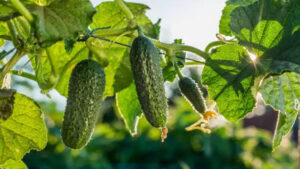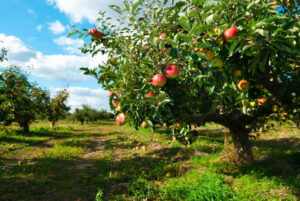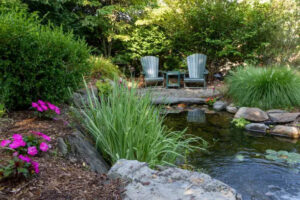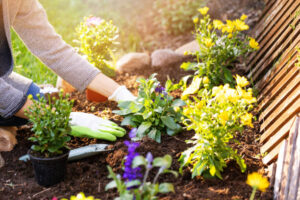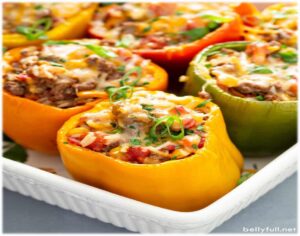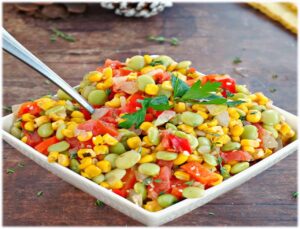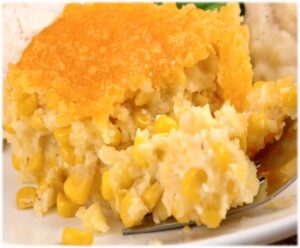Cottage gardens, with their delightful disarray and romantic flourishes, evoke a sense of nostalgia and beauty reminiscent of storybook illustrations. Originally developed in the rural areas of England, these gardens are known for their dense plantings, which integrate both edible and ornamental plants in a seemingly haphazard fashion. Today, they continue to captivate gardeners worldwide, offering a lush retreat that marries functionality with whimsy.
Origins and Evolutions
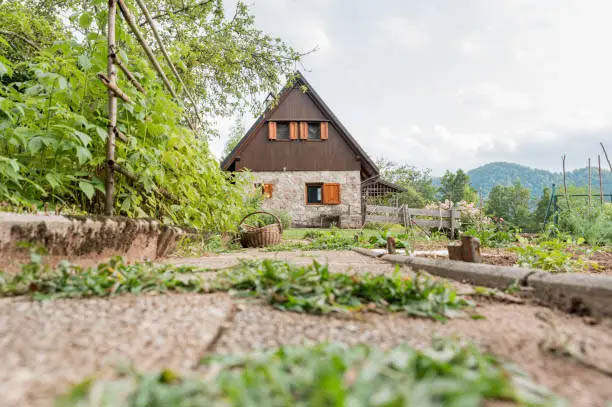
The cottage garden began as a practical means for workers in the 19th century to grow food for their families, with flowers planted among vegetables and herbs to enhance the beauty of the practical landscape. Over time, these humble beginnings blossomed into a more decorative gardening style characterized by its informal design, dense layouts, and vibrant mix of plantings.
Key Elements of Cottage Gardening
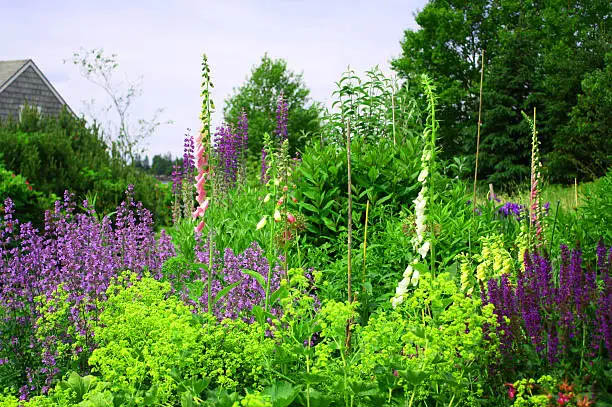
- Diverse Plantings: True to its roots, the modern cottage garden features a mix of fruit, vegetables, herbs, and plenty of flowers. Typical plants include traditional favorites like lavender, roses, foxgloves, and hollyhocks — plants that not only look beautiful but also attract beneficial insects. The choice of plants often prioritizes native species for their adaptability and minimal maintenance needs.
- Informal Design: Unlike the structured and symmetrical designs seen in formal gardens, cottage gardens thrive on irregularity and spontaneity. Paths curve and wind organically, bordered by overflowing flower beds that create an enchanting sense of mystery and exploration.
- Vertical Accents: To maximize the use of space and add interest at every height, cottage gardens often incorporate trellises, arbors, and climbing plants. These vertical elements help to draw the eye upward and add a dynamic dimension to the garden space.
- Enclosure: A typical feature of a cottage garden is some form of enclosure, such as picket fences or stone walls, often draped with climbing roses or ivy. This not only defines the space but also supports climbing plants and adds to the old-world charm.
Benefits of Cottage Gardens
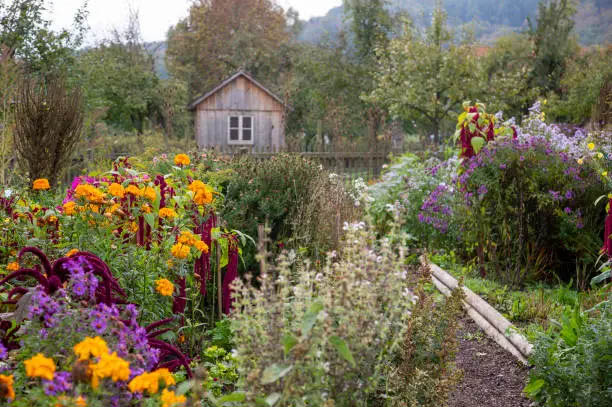
One of the most significant benefits of cottage gardens is their ecological impact. The dense plantings and variety of species create a habitat rich in biodiversity, supporting everything from bees and butterflies to birds. Furthermore, by incorporating edible plants, these gardens provide sustainable sources of local food, reducing reliance on store-bought produce and promoting a healthier lifestyle.
Additionally, cottage gardens are often less resource-intensive than more manicured landscapes. Their reliance on native plants reduces the need for water, fertilizers, and pesticides, making them ideal for gardeners looking for an environmentally friendly option.
Designing Your Own Cottage Garden
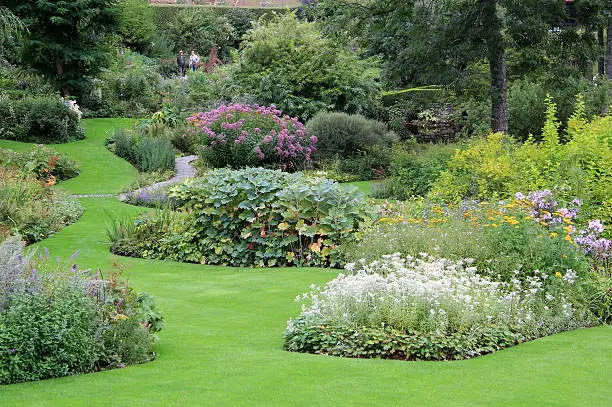
Creating a cottage garden does not require a large plot of land; even small spaces and urban environments can host a miniature version. Start by choosing plants that are well-suited to your local climate and soil. Mix heights, colors, and textures to achieve the signature lush, layered look. Remember, the goal is to create a densely planted, vibrant space that feels both personal and a little wild.
In essence, cottage gardens are a celebration of abundance and charm. They beckon to those seeking a garden that not only looks spectacular but also tells a story of harmony between nature and nurture. Whether you’re crafting a small garden plot or revamping a larger landscape, the principles of cottage gardening can add a touch of whimsy and ecological richness to your outdoor space.


